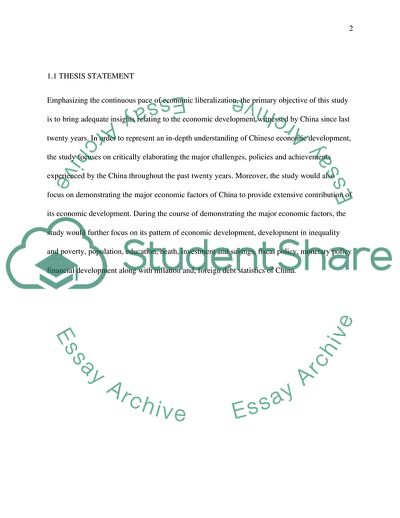Cite this document
(China's Economic Development Research Paper Example | Topics and Well Written Essays - 5000 words, n.d.)
China's Economic Development Research Paper Example | Topics and Well Written Essays - 5000 words. https://studentshare.org/macro-microeconomics/1810415-chinas-economic-development
China's Economic Development Research Paper Example | Topics and Well Written Essays - 5000 words. https://studentshare.org/macro-microeconomics/1810415-chinas-economic-development
(China'S Economic Development Research Paper Example | Topics and Well Written Essays - 5000 Words)
China'S Economic Development Research Paper Example | Topics and Well Written Essays - 5000 Words. https://studentshare.org/macro-microeconomics/1810415-chinas-economic-development.
China'S Economic Development Research Paper Example | Topics and Well Written Essays - 5000 Words. https://studentshare.org/macro-microeconomics/1810415-chinas-economic-development.
“China'S Economic Development Research Paper Example | Topics and Well Written Essays - 5000 Words”. https://studentshare.org/macro-microeconomics/1810415-chinas-economic-development.


